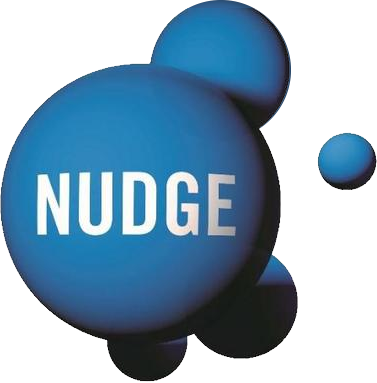How off-page SEO will help bring people to your website
In 1989, Kevin Costner starred as Ray Kinsella, an Iowa farmer who digs up his land and builds a baseball field in the middle of it, after being encouraged to by a voice from the heavens. The film, ‘Field of Dreams’, played on the premise that if you build something, people will come.
“People will come Ray. They'll come to Iowa for reasons they can't even fathom. They'll turn up not knowing for sure why they're doing it. They'll arrive at your door as innocent as children.”
However, the reality is not quite as straightforward as the fantasy. Sadly, you can’t just build something and expect people to come. It takes a little more behind the scenes work to make it happen.

Case Study: The Replace Base
An online retailer of mobile device repairs and replacement parts
A great looking website is an important part of your company’s brand identity; it tells people who you are and gives an indication of the type of service to expect. However, all of that is for nothing if people never get to see it.
Search engine optimisation (SEO) is the process of affecting the visibility of your website in a search engine’s natural (un-paid) search results. Commonly, many people view SEO primarily as the activities that take place on the website itself, known as ‘on-page SEO’. However, this is only half the story, the other half is ‘off-page SEO’.
What is off-page SEO?
Unsurprisingly, off-page SEO is what can be done off the pages of your website to help maximise its performance in search engine results.
Here are a few examples:
Google+
Does your website have a Google+ page? No, get one.
It’s a no-brainer, Google has a social media network, and it boasts the most popular search engine in the world. Therefore, if your website has a Google+ page, then more than likely Google will look favourably on your website and bump it up its search engine results. It just makes sense, doesn’t it?

Case Study: PrimeStox
How we helped PrimeStox treble registrations while reducing spend in just two months.
However, make sure your using it. Google’s not stupid, you need to share content and build up an audience on your Google+ page. A dormant Google+ page is about as useful as a Ferrari without an engine.
Local SEO
Research shows that many search engine queries are done with local intent in mind, e.g. a hotel in South London near the Thames. 40% of all searches via mobile phones are based on local criteria.
The added benefit of your Google+ page is utilising this local information by accessing address details etc. This allows users to find you in searches related to where you are in the world.
Link-building
Has your business ever appeared in an online publication/magazine? Then ask them to apply a hyperlink back to your website. Google looks at links from other websites as a vote of confidence, helping to move your website up the Google search engine table.
Note: the better the publication, the better the search engine result. For example, an appearance in the Telegraph is held in much higher regard then an appearance in noonecares.com.
Interact
Be vocal and approachable to content online. Comment on articles related to your business sector. Share content on social media platforms. This approach will help spread the word about your business and in turn help your website get identified.
The above list is by no means exhaustive, but it is a good start in making sure you don’t fall fowl to the “build it and they will come” philosophy. Take this list as a good head start to off-page SEO, because as Google gets smarter, off-page SEO will play an ever more important role in directing users back to your site.
If you have a great website, and would like other people to see how great it is, let us know.
Related Reading

Blog: Navigating the New Email Marketing Standards: What You Need to Know
by Darren Coleshill, 3 minute read

Blog: Crafting Captivating Email Newsletters: A Guide to Success
by Darren Coleshill, 4 minute read
